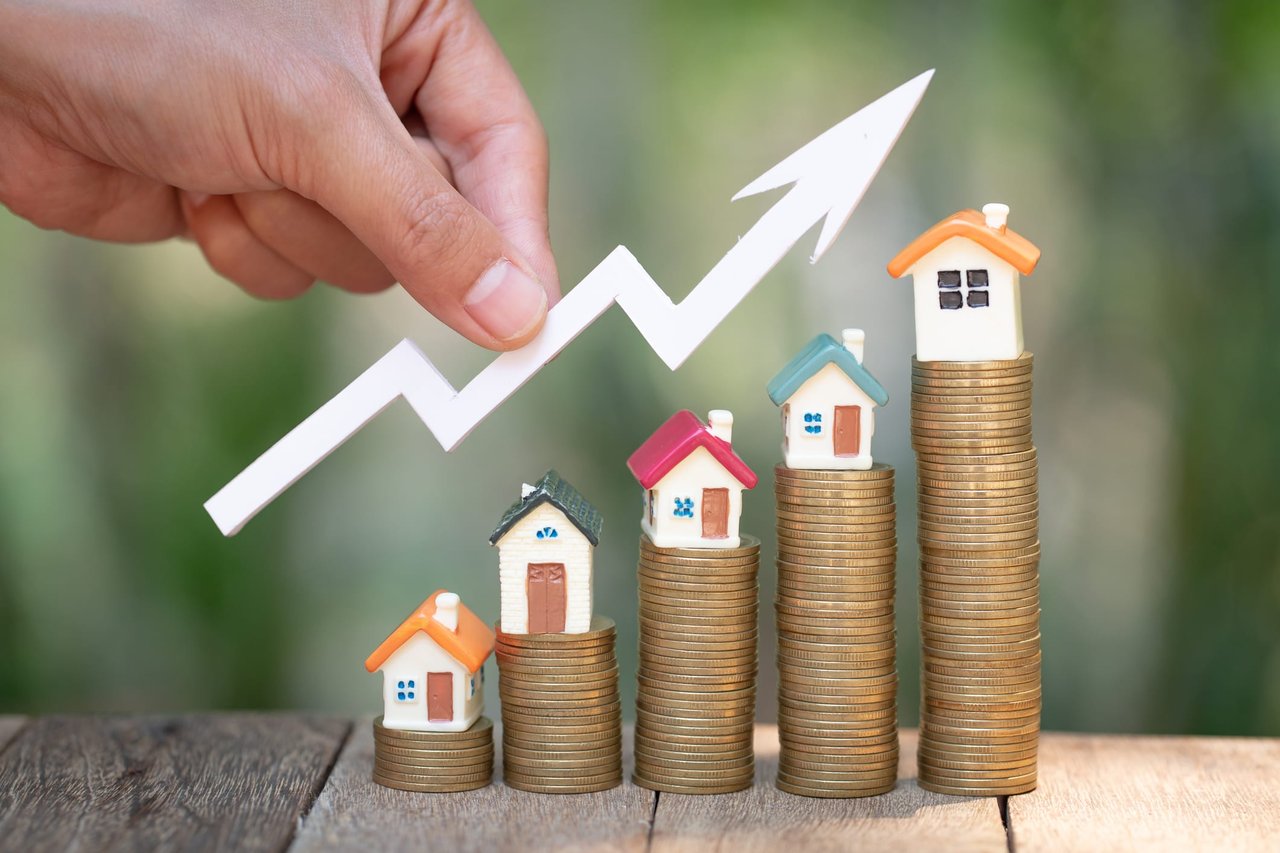Refinancing, in essence, means replacing your existing mortgage with a new one under different terms. While it sounds straightforward, it's a complex process with variables. Let's break it down.
People choose to refinance for many reasons. The most common is to lock in a lower interest rate, which can save you thousands of dollars over the life of your loan.
Another reason is to change the term of your mortgage. If you initially took out a 30-year loan, but your financial situation has improved, you might want to switch to a 15-year loan. This can result in higher monthly payments, but you'll pay off your home much faster and save on interest.
Alternatively, if your income has decreased, you might refinance to extend the term of your loan, lowering your monthly payments.
Some homeowners refinance to convert their adjustable-rate mortgage (ARM) to a fixed-rate mortgage. This provides stability, as you'll have a steady interest rate for the life of the loan. Lately, we’ve seen this with Buyers wanting to enter the market during high-interest rates periods. They purchase a home using an interest-only loan, then intend to refinance once rates drop. It’s an excellent strategy to enter the market early, earn equity, then fix their interest rate later when rates are more favorable.
Lastly, cash-out refinancing allows you to borrow more than you owe on your current mortgage and take the difference in cash. This can be a way to fund significant purchases or projects, like home renovations.
While refinancing can save you money in the long run, it also comes with upfront costs. Generally, you'll need to pay closing costs, which typically run between 2% and 5% of your loan amount. You'll also have to pay for an appraisal, a title search, and application fees.
To decide whether refinancing is worth it, you'll need to calculate your break-even point. This is the point at which the savings from your lower monthly payments exceed the cost of refinancing.
For example, if your closing costs total $6,000 and refinancing reduces your monthly mortgage payment by $200, your break-even point would be 30 months ($6,000 ÷ $200 = 30). If you plan on staying in your home for more than 30 months, refinancing could be a financially wise decision.
To calculate the break-even point divide the total cost of refinancing (in this case, $6,000) by the amount you'll save each month due to the refinance (in this case, $200). So, $6,000 ÷ $200 equals 30. It would take 30 months of lower payments to recover the refinance cost. This calculation helps to illustrate when you would start to save money after covering the cost of refinancing, which is important to consider when deciding if refinancing is a financially sound decision for you.
Refinancing is a strategic financial decision that requires careful analysis of your current financial situation, future, and market conditions. At Knight O'Reilly, we're here to support you with your real estate needs. While we can’t decide for you, we're always ready to provide insights and connect you with trusted professionals in the field.
Remember, the goal of refinancing should align with your financial objectives. If done right, it can lead to substantial savings, improve your cash flow, or help you build equity faster. But always weigh the costs against the benefits before making a decision.





